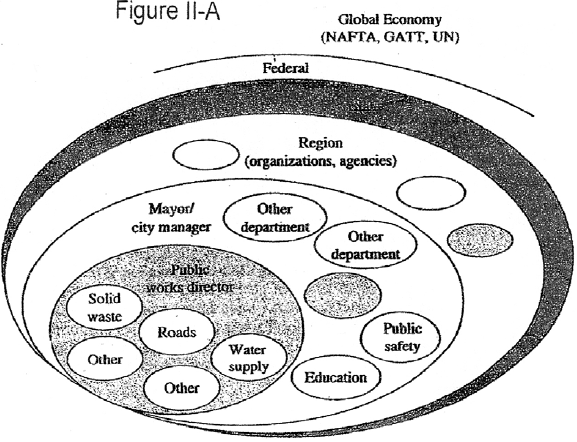Sustainable Infrastructure Planning: Paving the Way for a Better Future
In today’s rapidly evolving world, sustainable infrastructure planning plays a crucial role in shaping a better future for generations to come. It involves designing and implementing infrastructure projects that meet the needs of society while minimizing environmental impact and promoting economic growth.
Building Resilient Cities
One aspect of sustainable infrastructure planning is the development of resilient cities. With the increasing threat of climate change and natural disasters, it is essential to design cities that can withstand and recover quickly from such events. This includes constructing buildings with sustainable materials, implementing effective waste management systems, and creating green spaces to improve air quality and enhance overall well-being.
Transportation and Sustainable Development
Another key area in sustainable infrastructure planning is transportation. Developing efficient and eco-friendly transportation systems not only reduces carbon emissions but also promotes economic growth and social equity. This can be achieved through the implementation of public transportation networks, the construction of bike lanes and pedestrian-friendly infrastructure, and the promotion of electric vehicles.
Moreover, sustainable infrastructure planning considers the long-term impacts of transportation projects on the environment and communities. It involves conducting comprehensive environmental assessments, engaging with stakeholders, and prioritizing projects that minimize negative effects on ecosystems and local residents.
Renewable Energy Infrastructure
Sustainable infrastructure planning also encompasses the development of renewable energy infrastructure. As the world shifts towards clean and renewable energy sources, it is crucial to invest in sustainable energy projects such as solar and wind farms, hydropower plants, and geothermal energy systems. These initiatives not only reduce greenhouse gas emissions but also create job opportunities and stimulate economic growth.
Furthermore, sustainable infrastructure planning involves integrating renewable energy systems into existing infrastructure, such as buildings and transportation networks. This includes the installation of solar panels on rooftops, the development of charging stations for electric vehicles, and the implementation of smart grids to efficiently manage energy consumption.
The Way Forward
Sustainable infrastructure planning is the foundation for a more sustainable and resilient future. By incorporating environmentally-friendly practices and considering the social and economic impacts of infrastructure projects, we can ensure that our cities and communities thrive in the face of global challenges.
Investing in sustainable infrastructure not only benefits the environment but also contributes to economic growth, enhances quality of life, and improves public health. Governments, businesses, and individuals all have a role to play in driving sustainable infrastructure planning forward and creating a brighter, more sustainable future for all.
